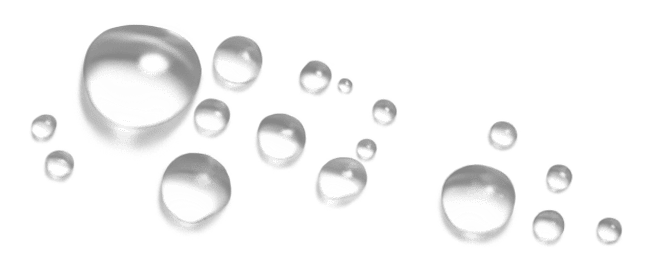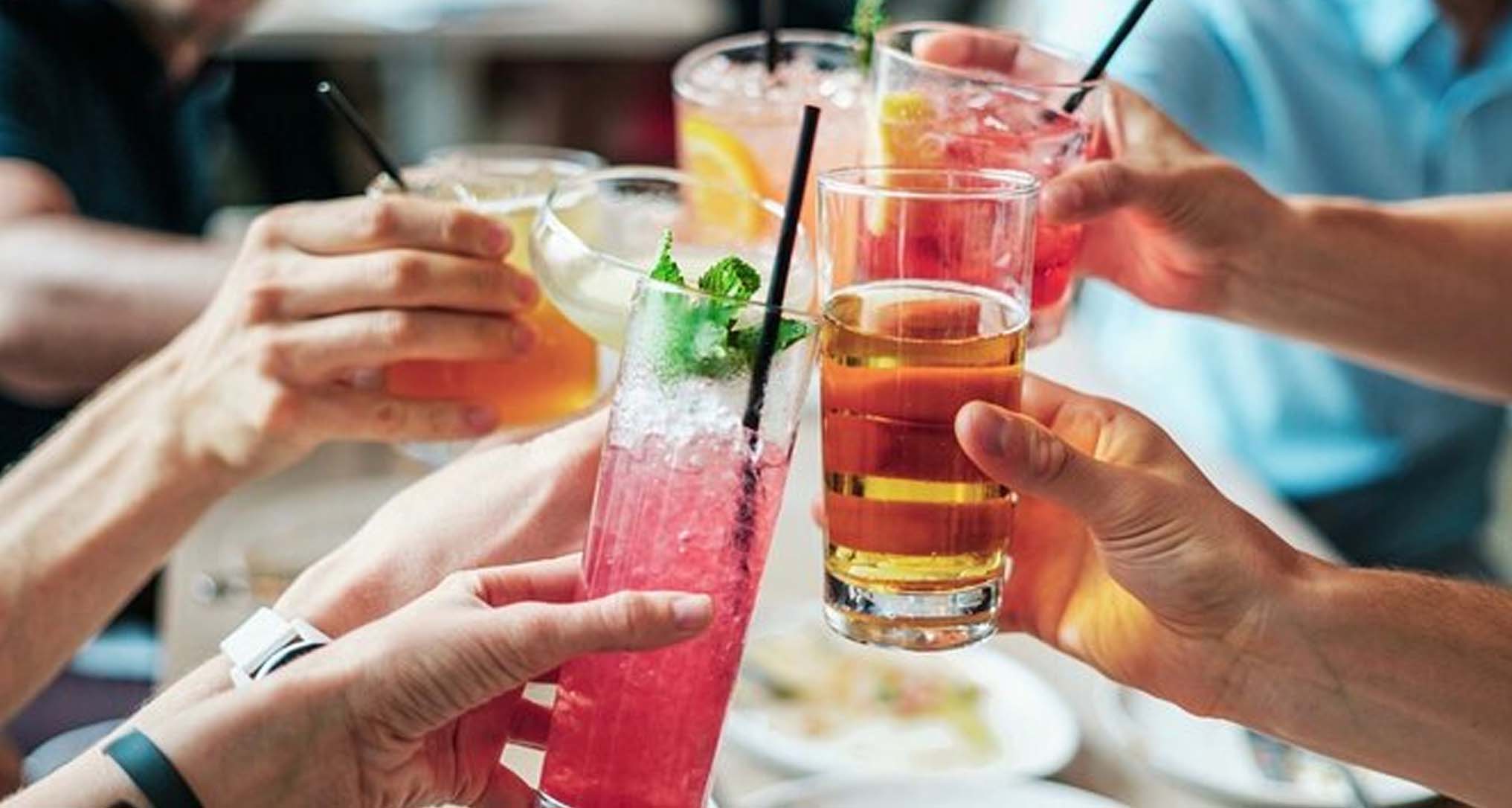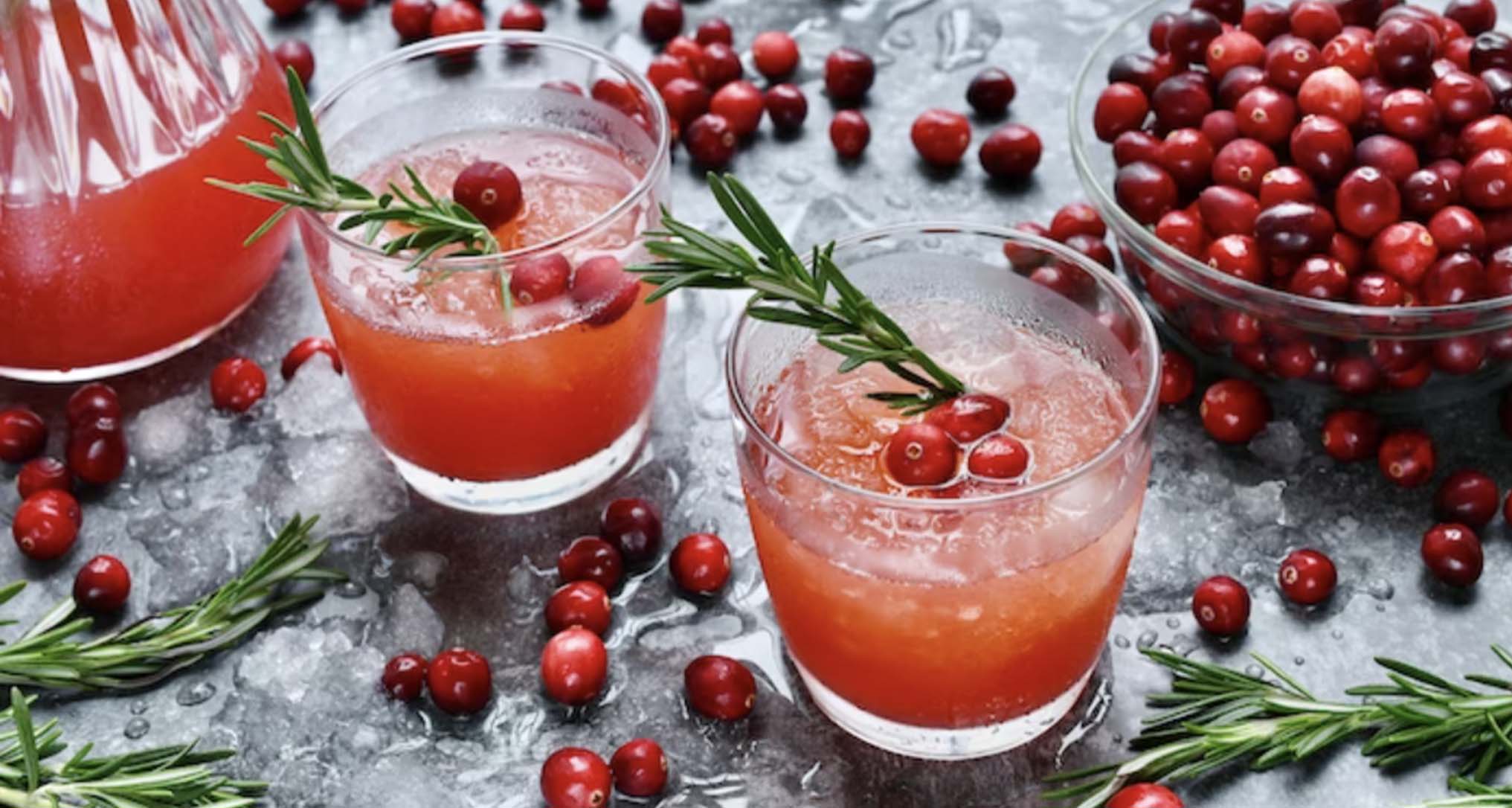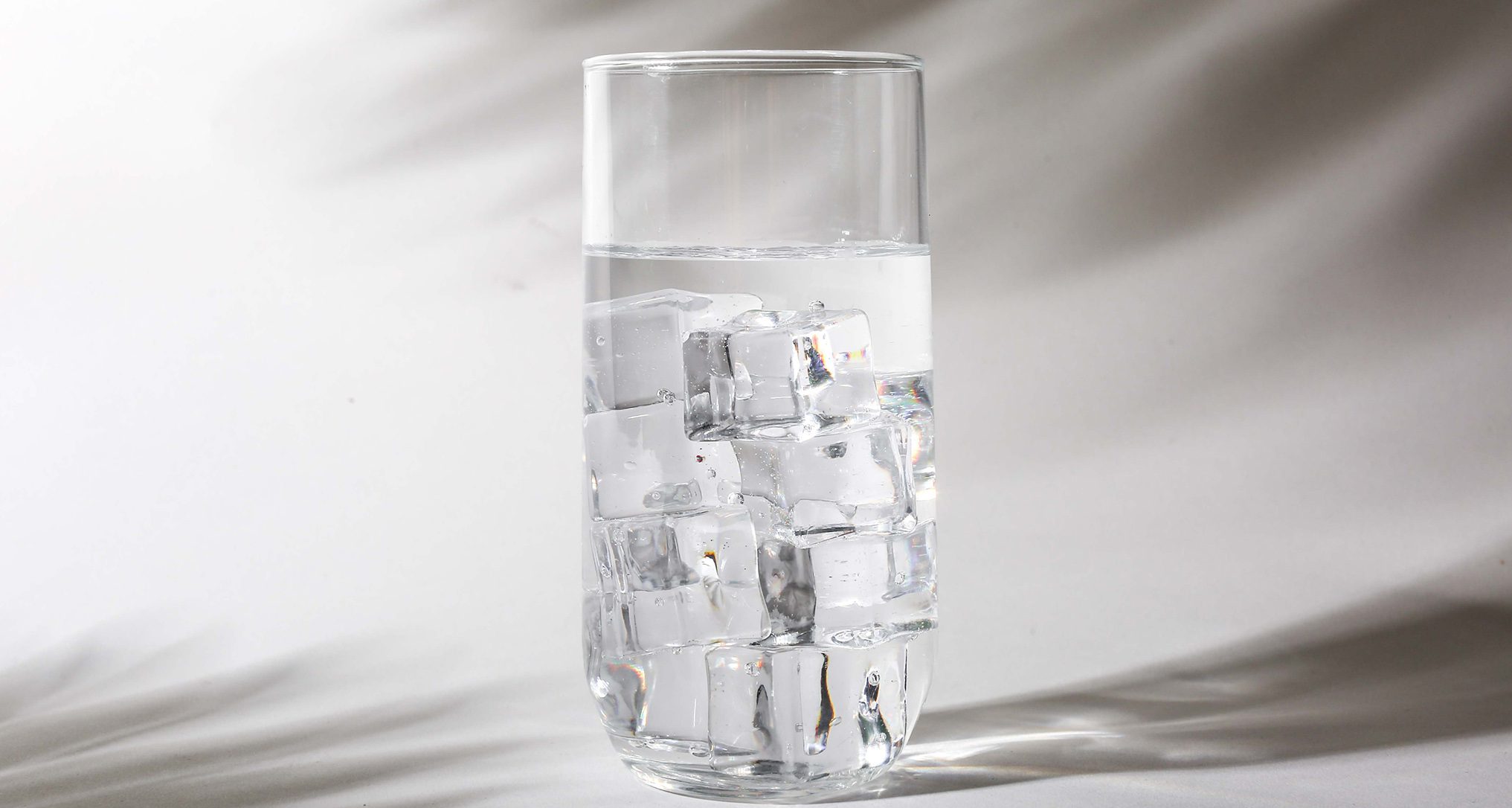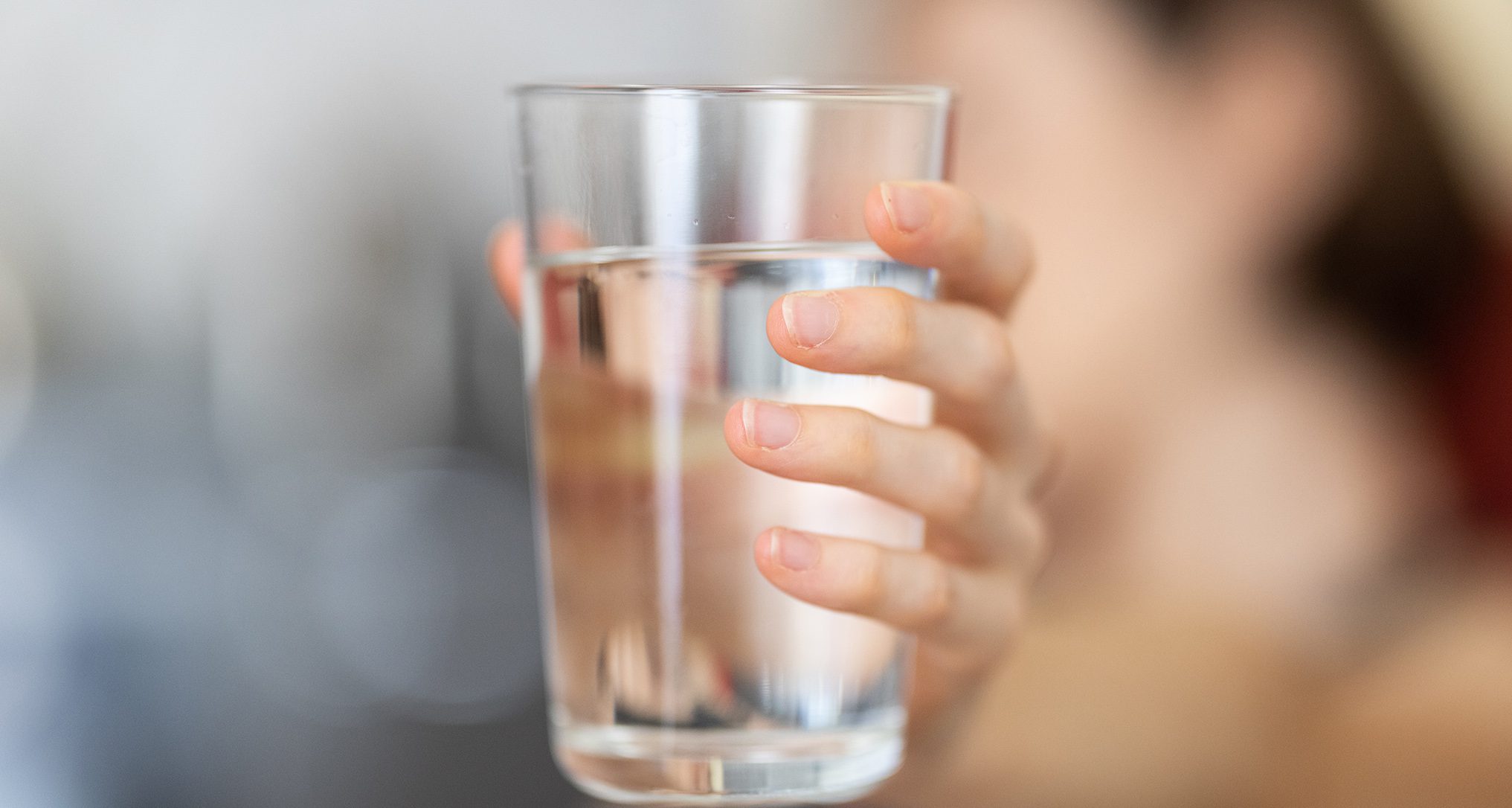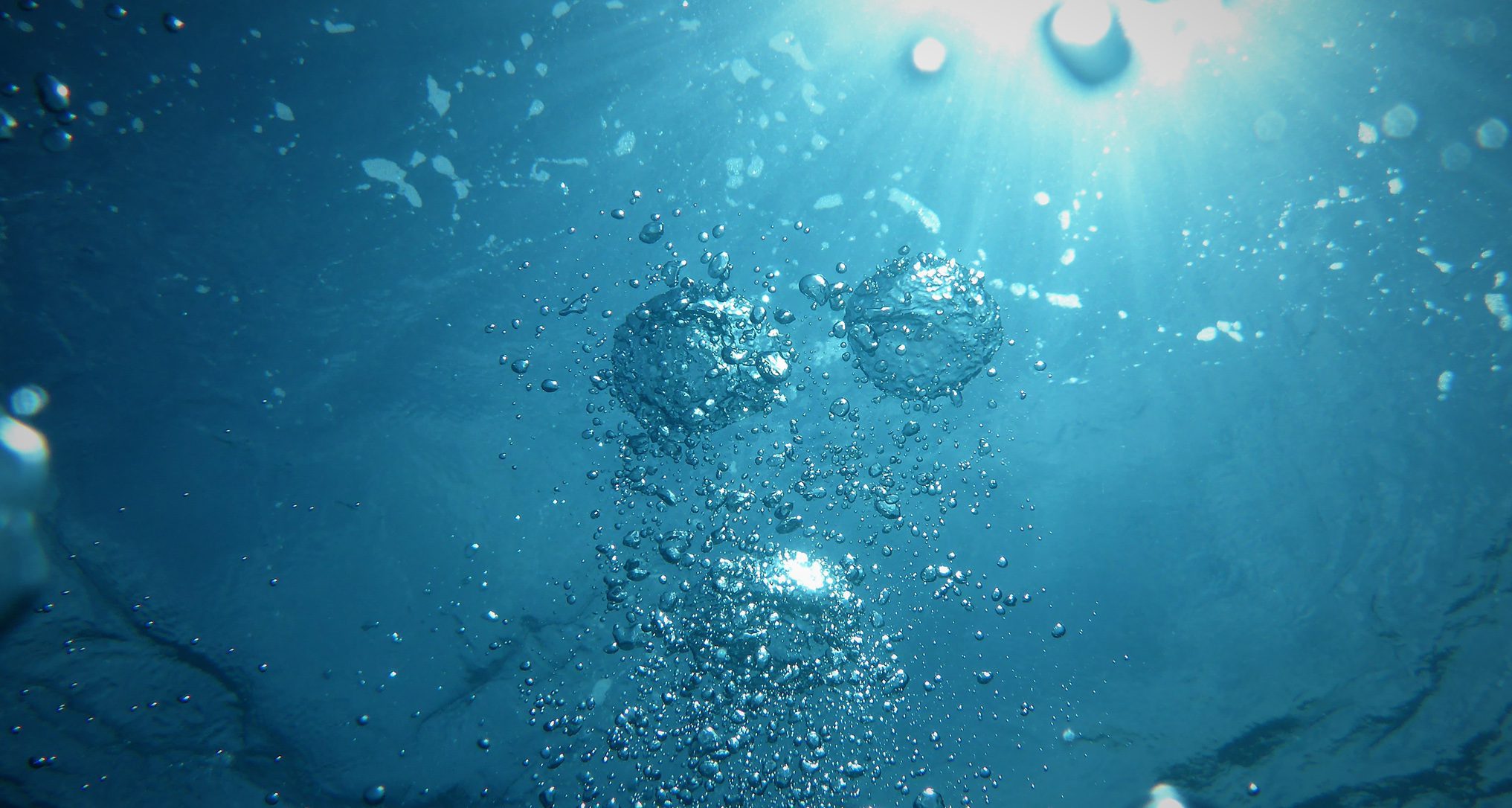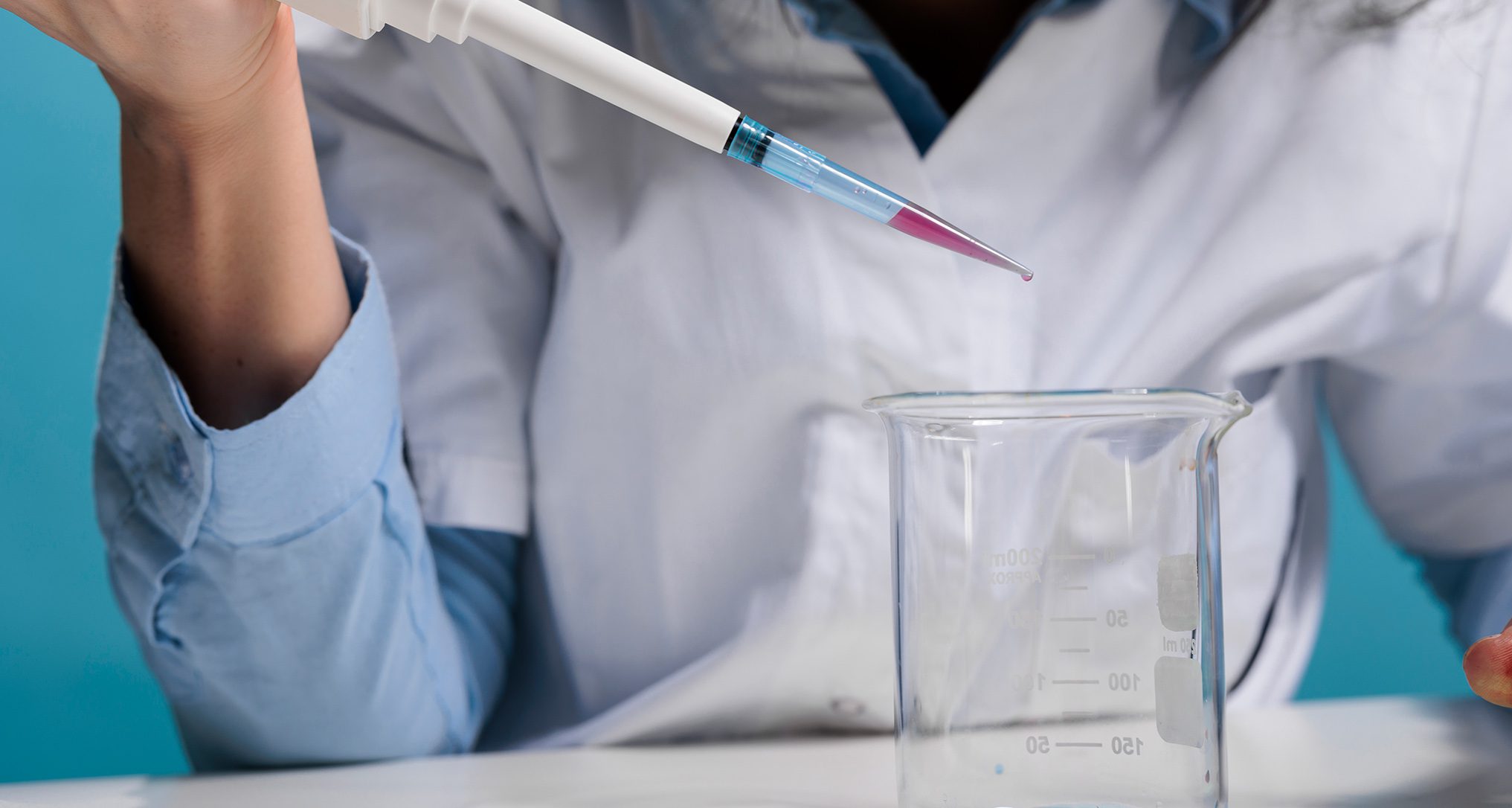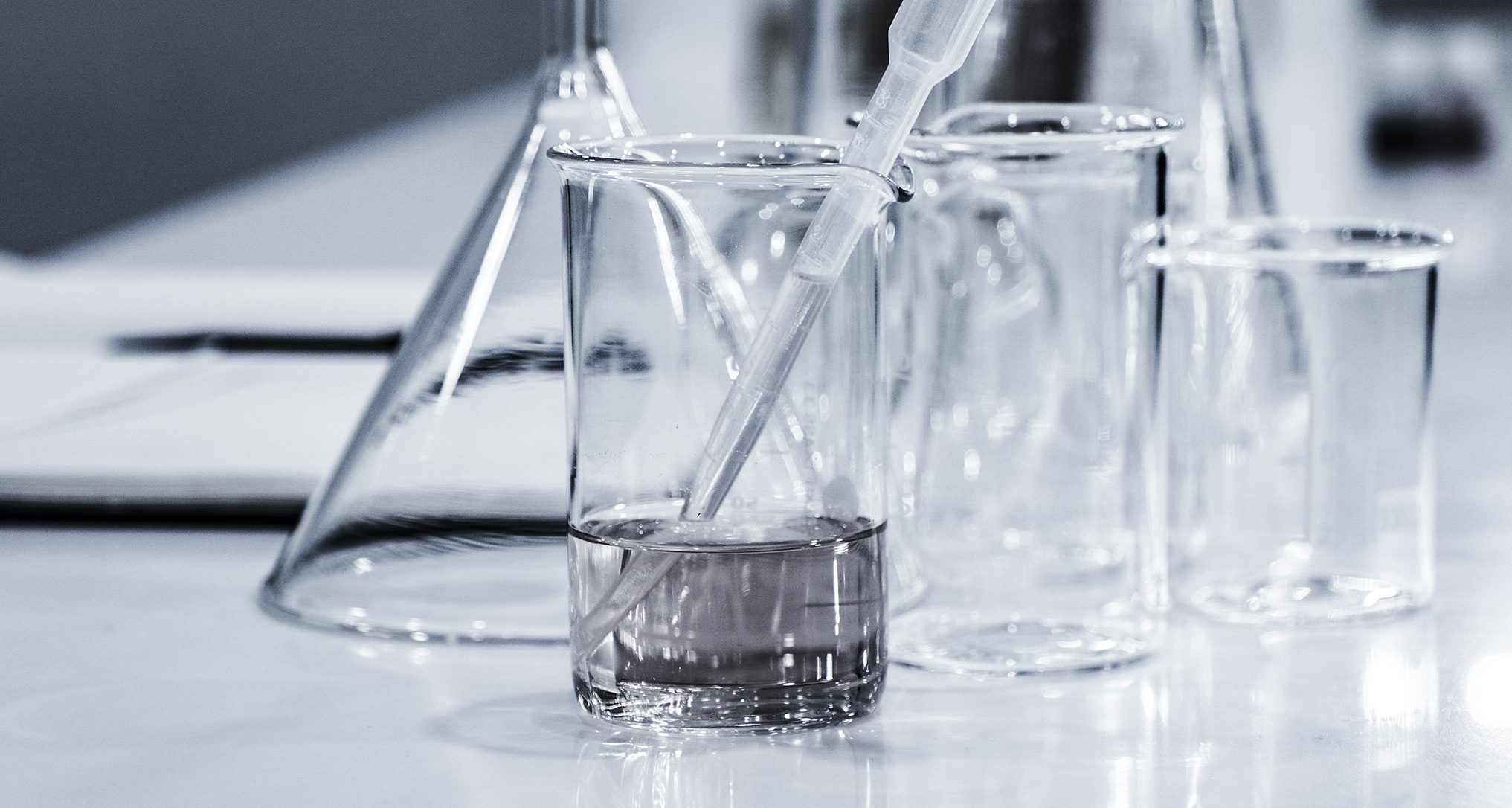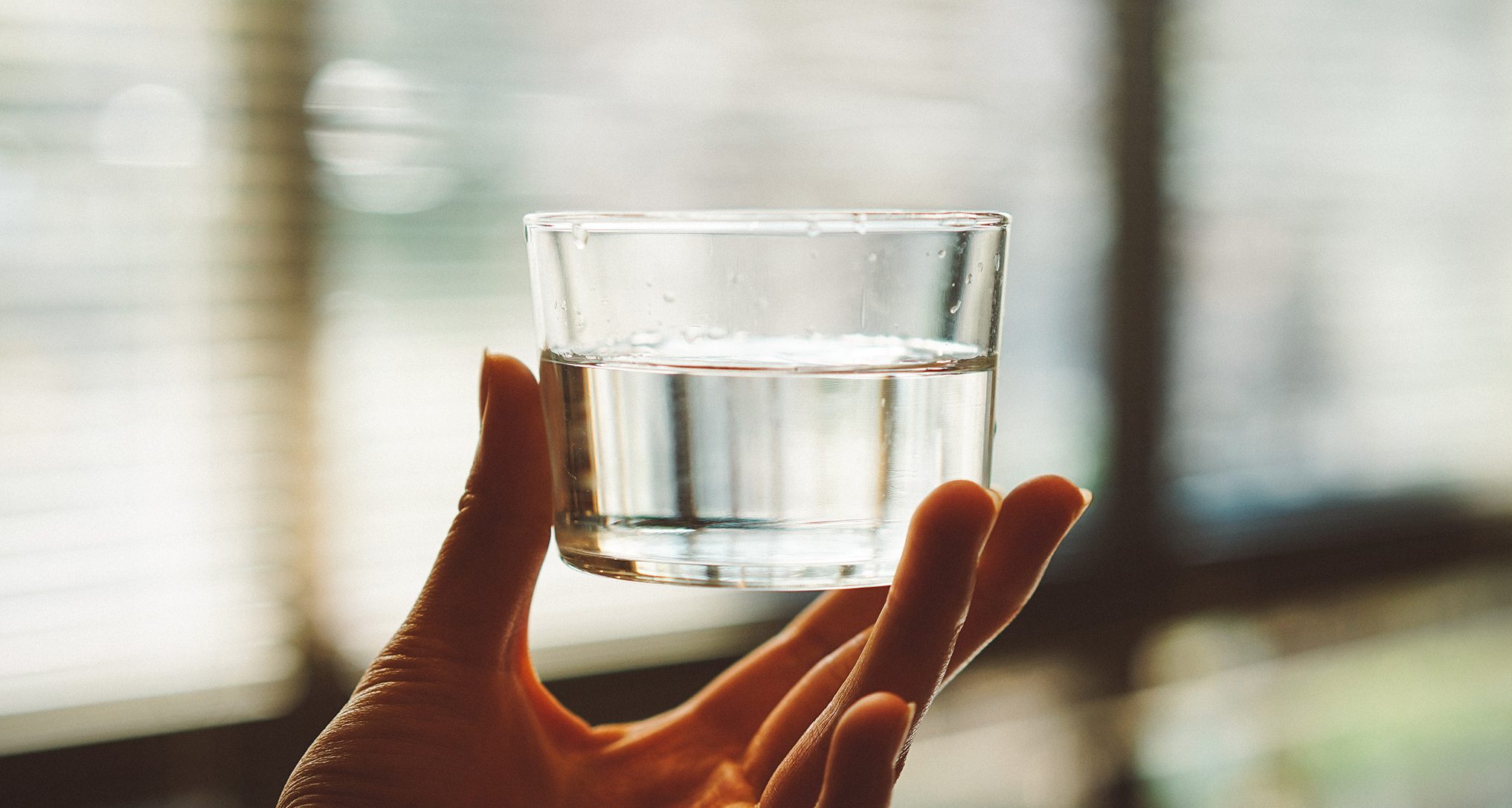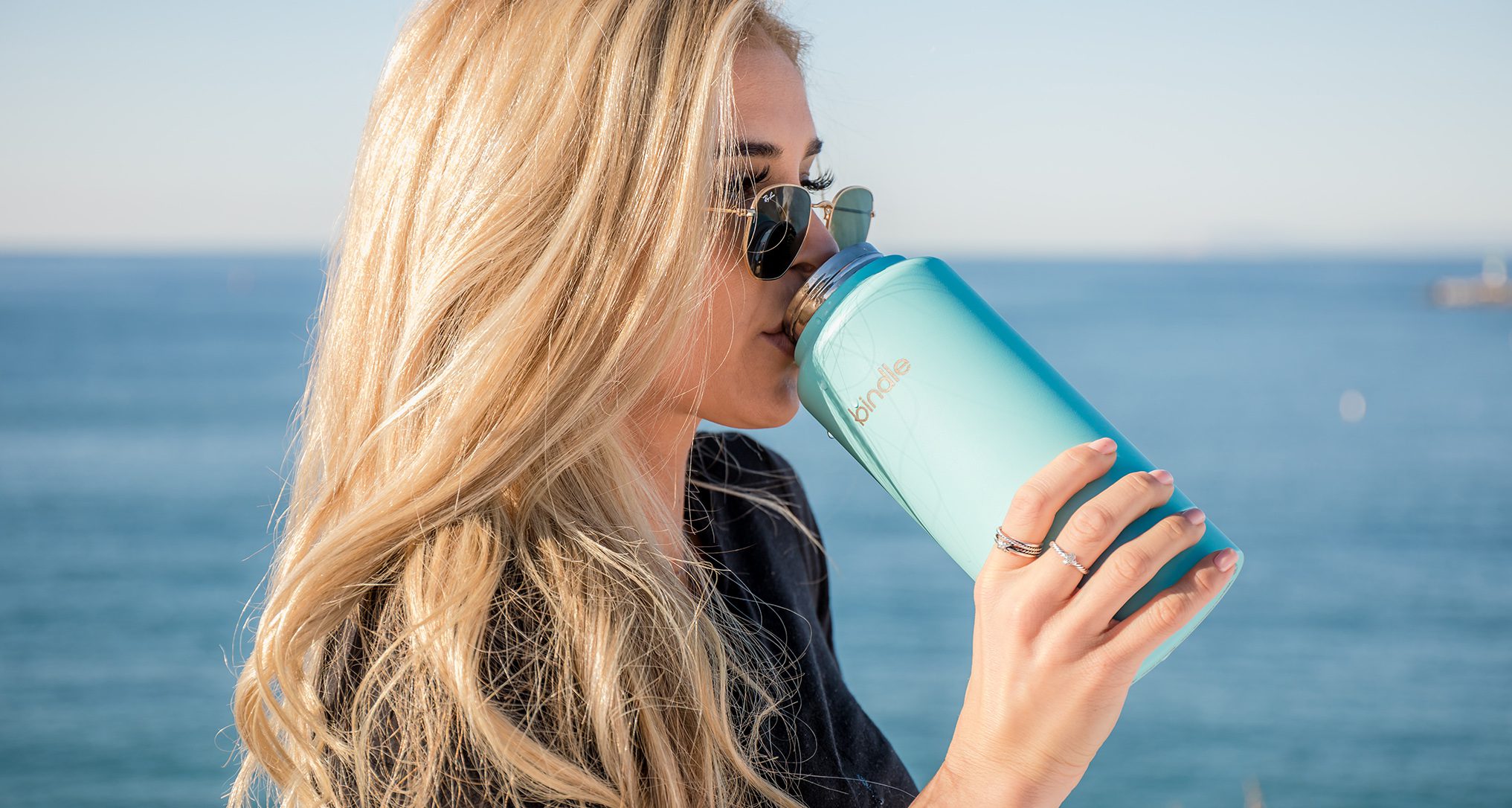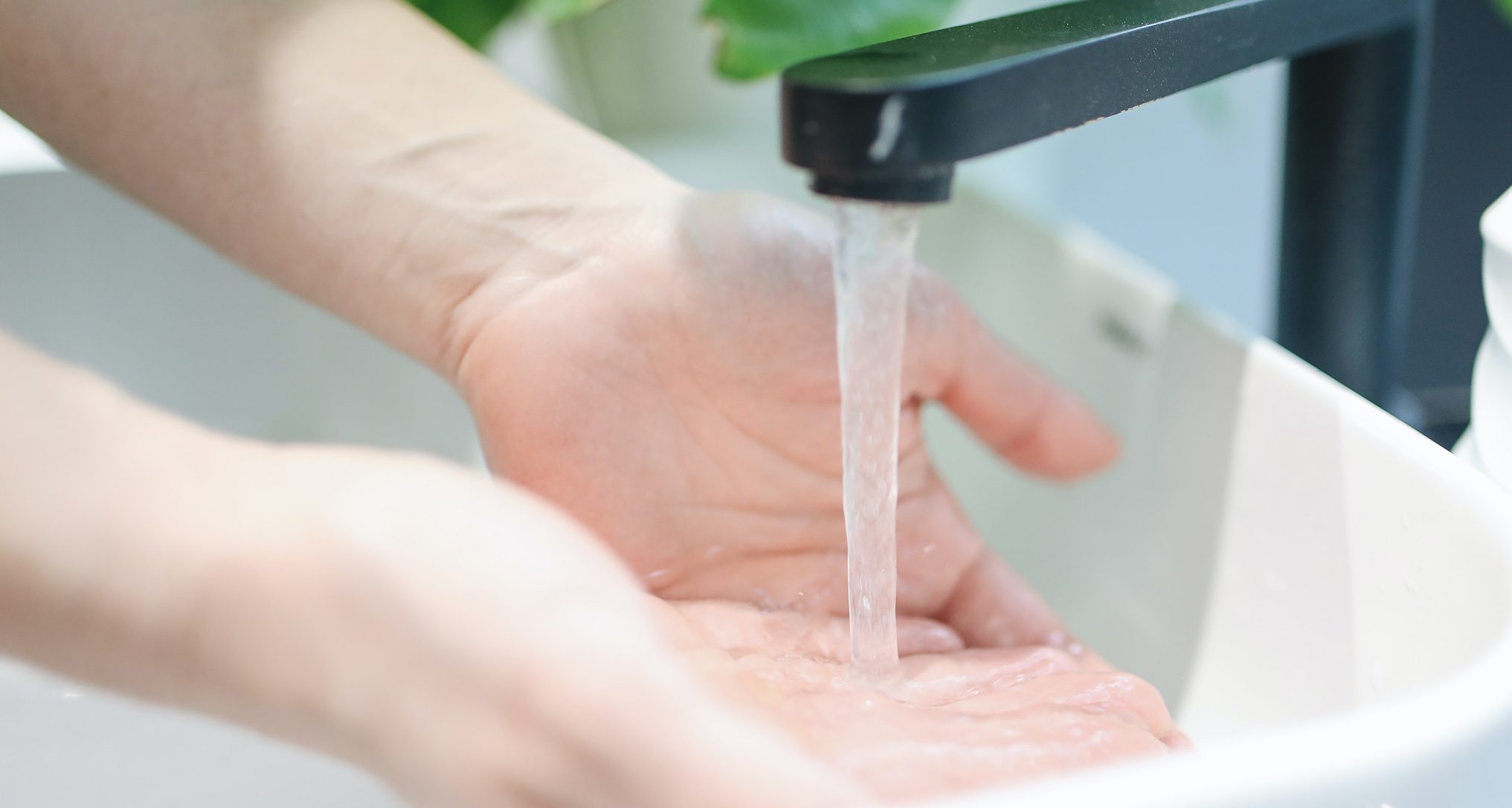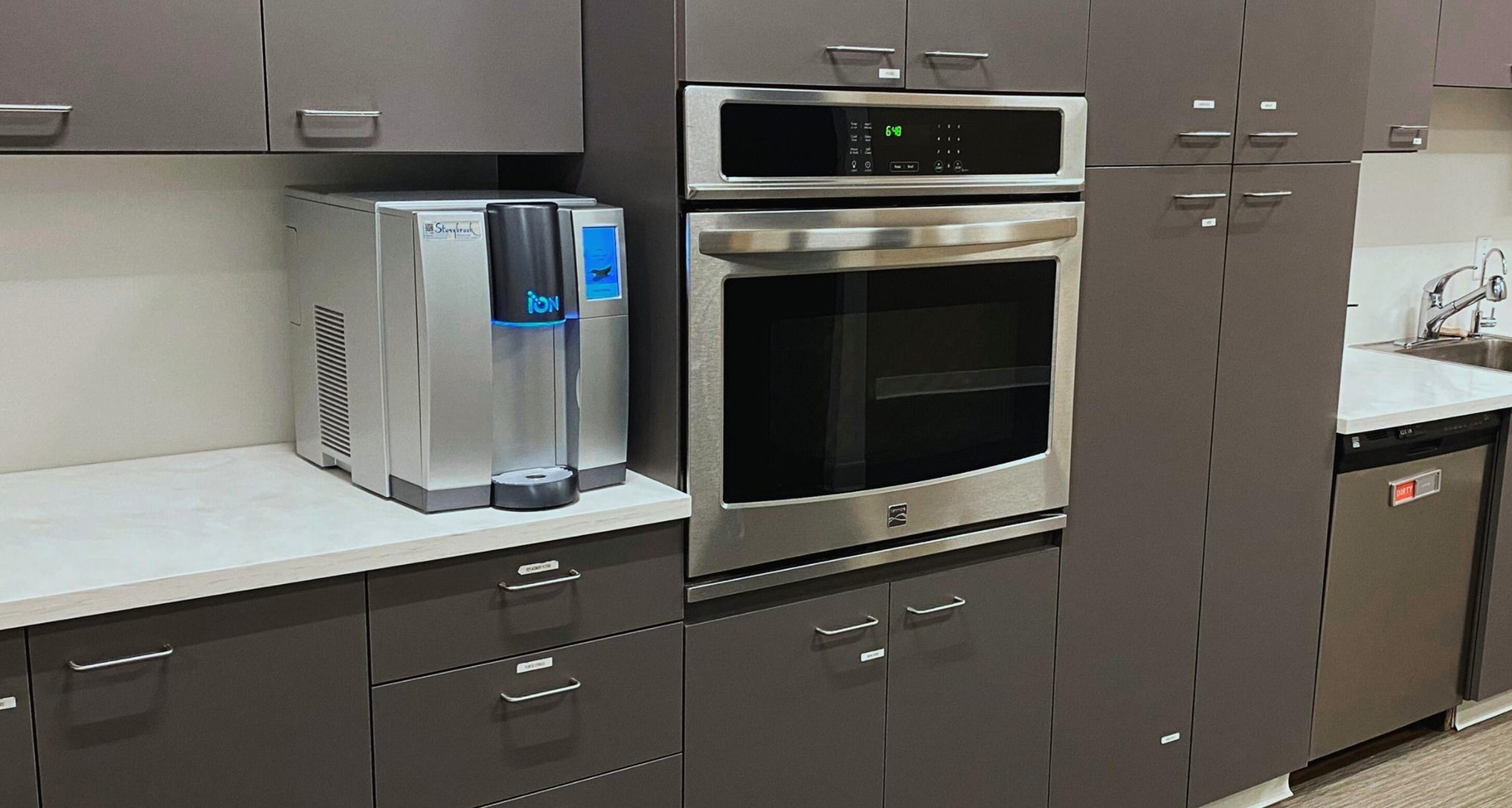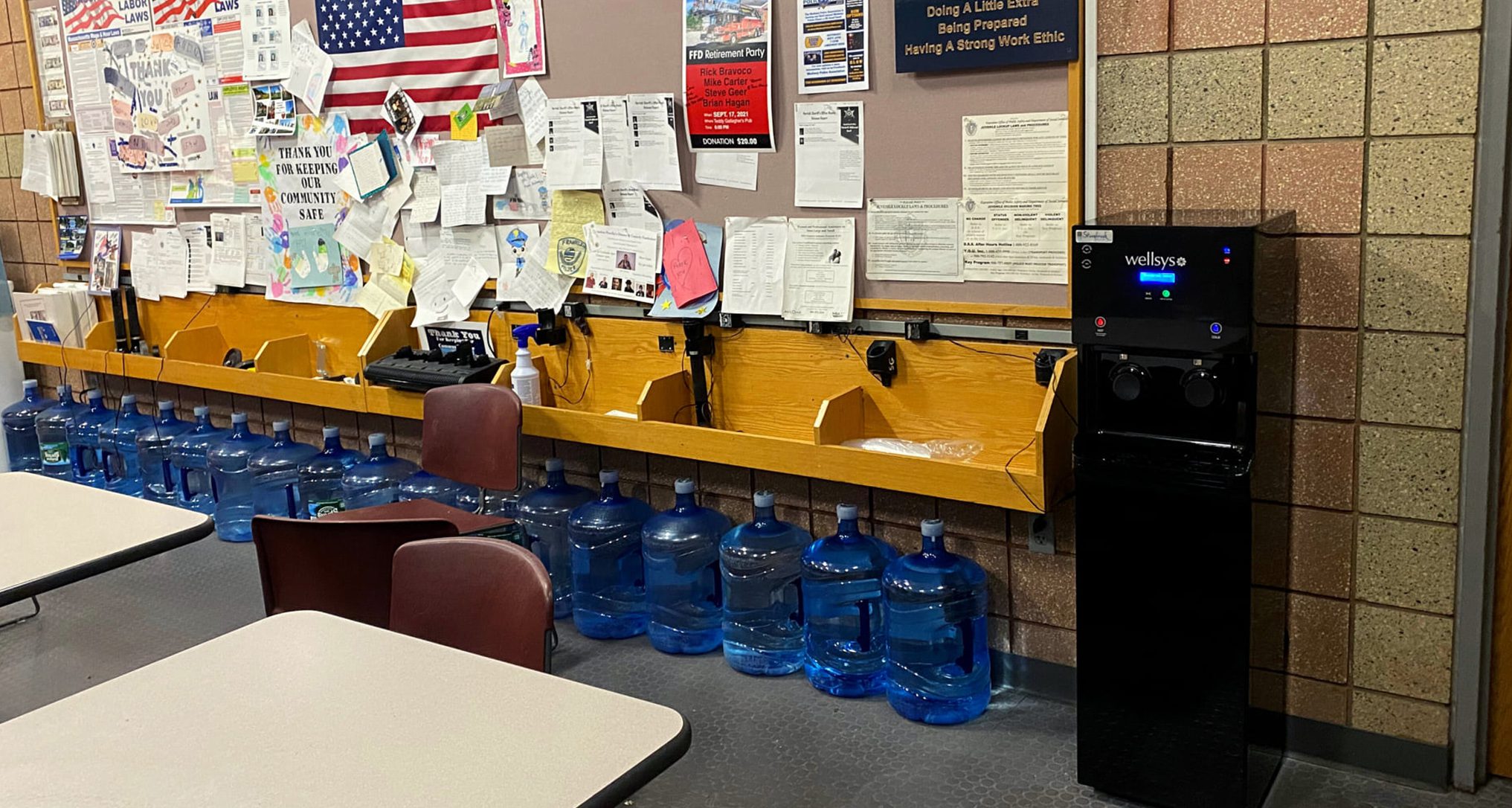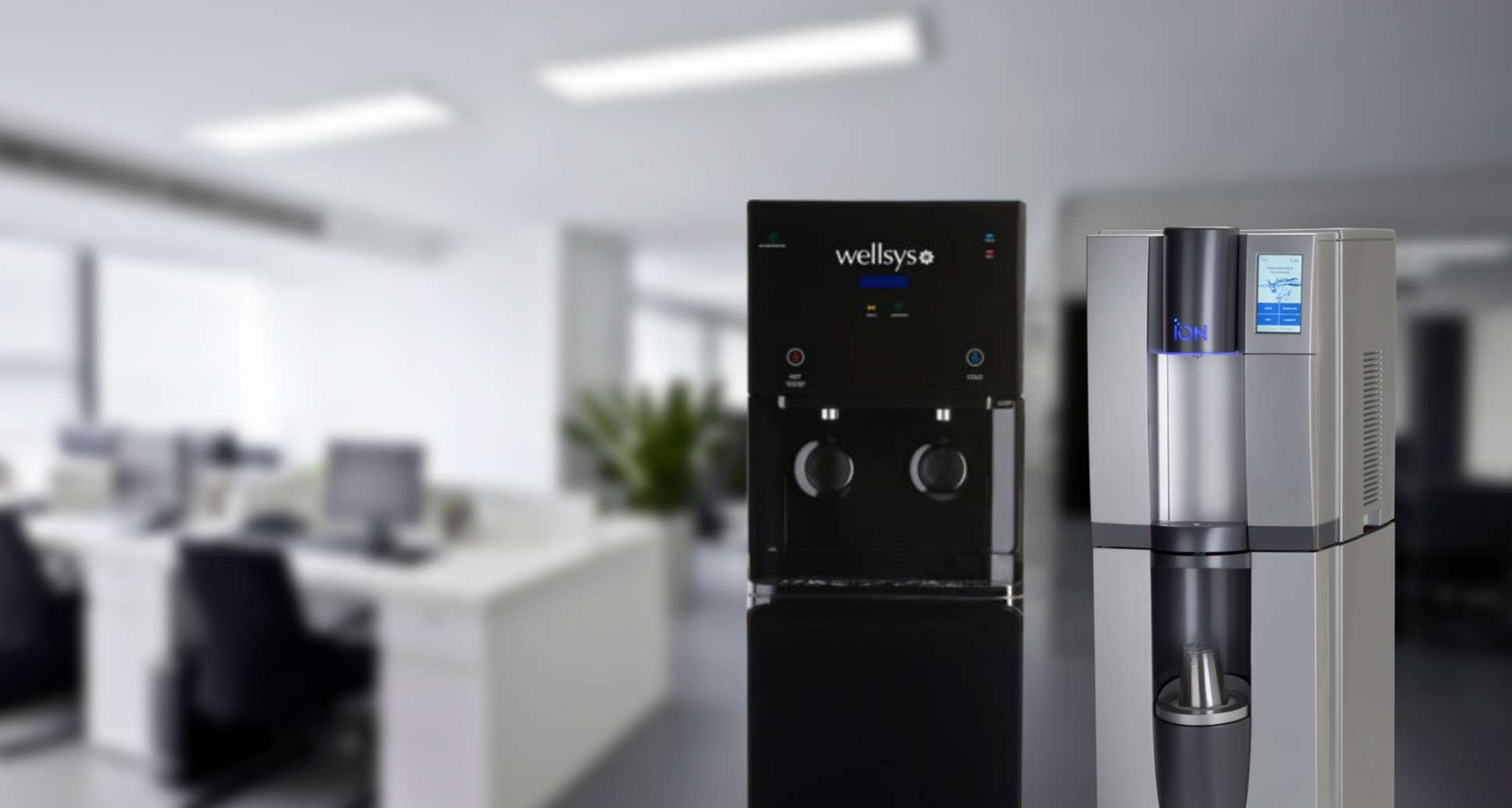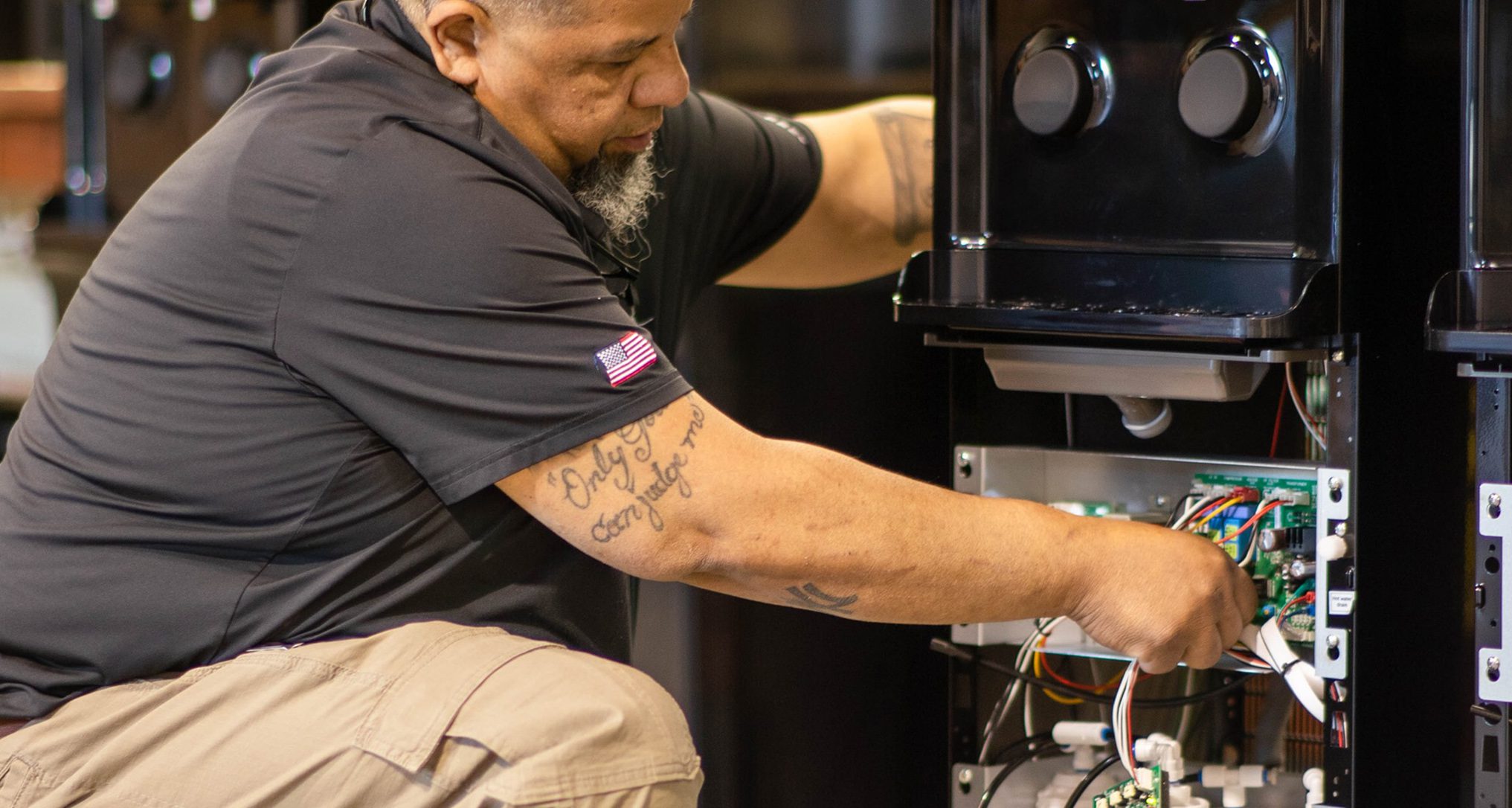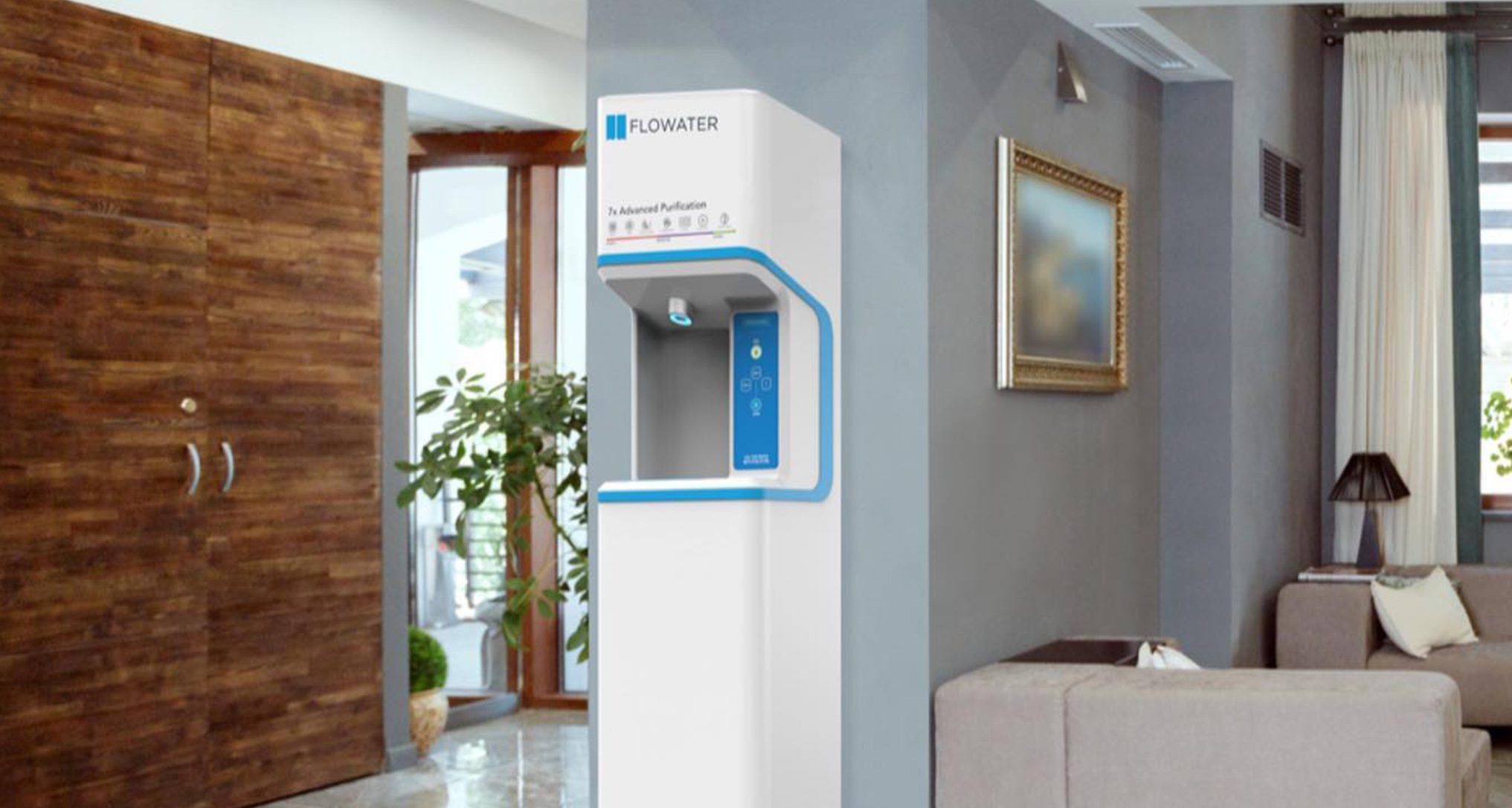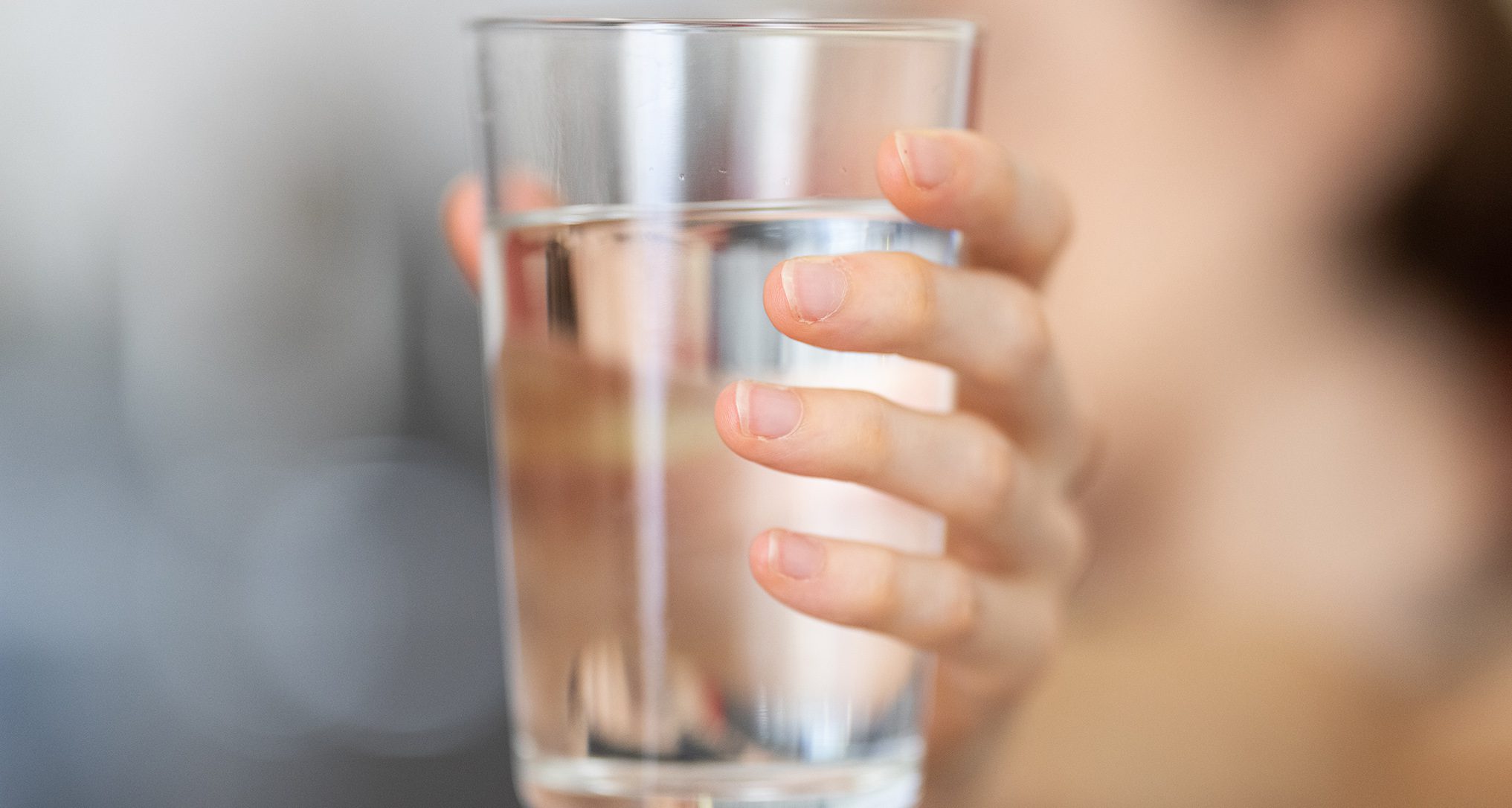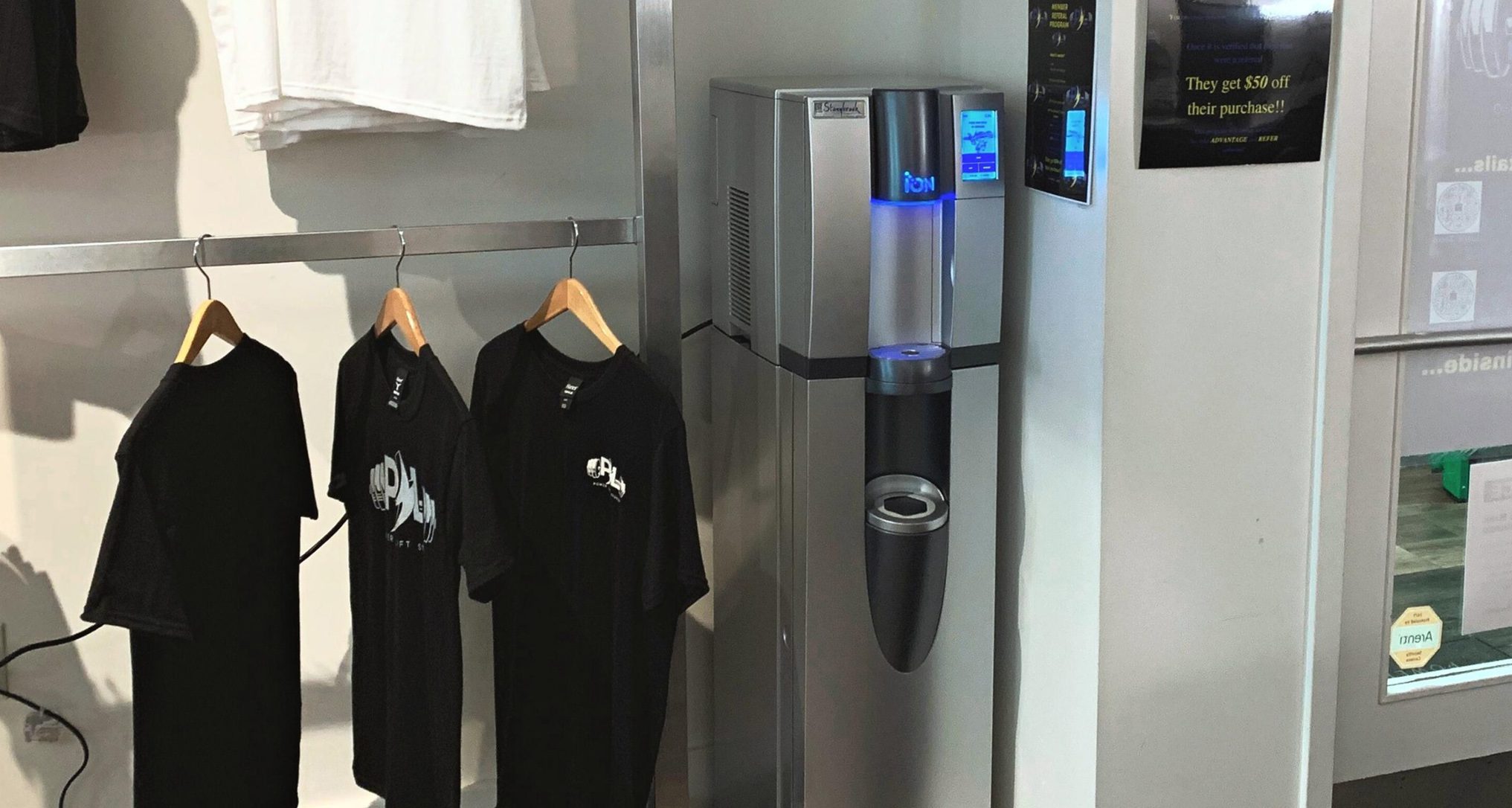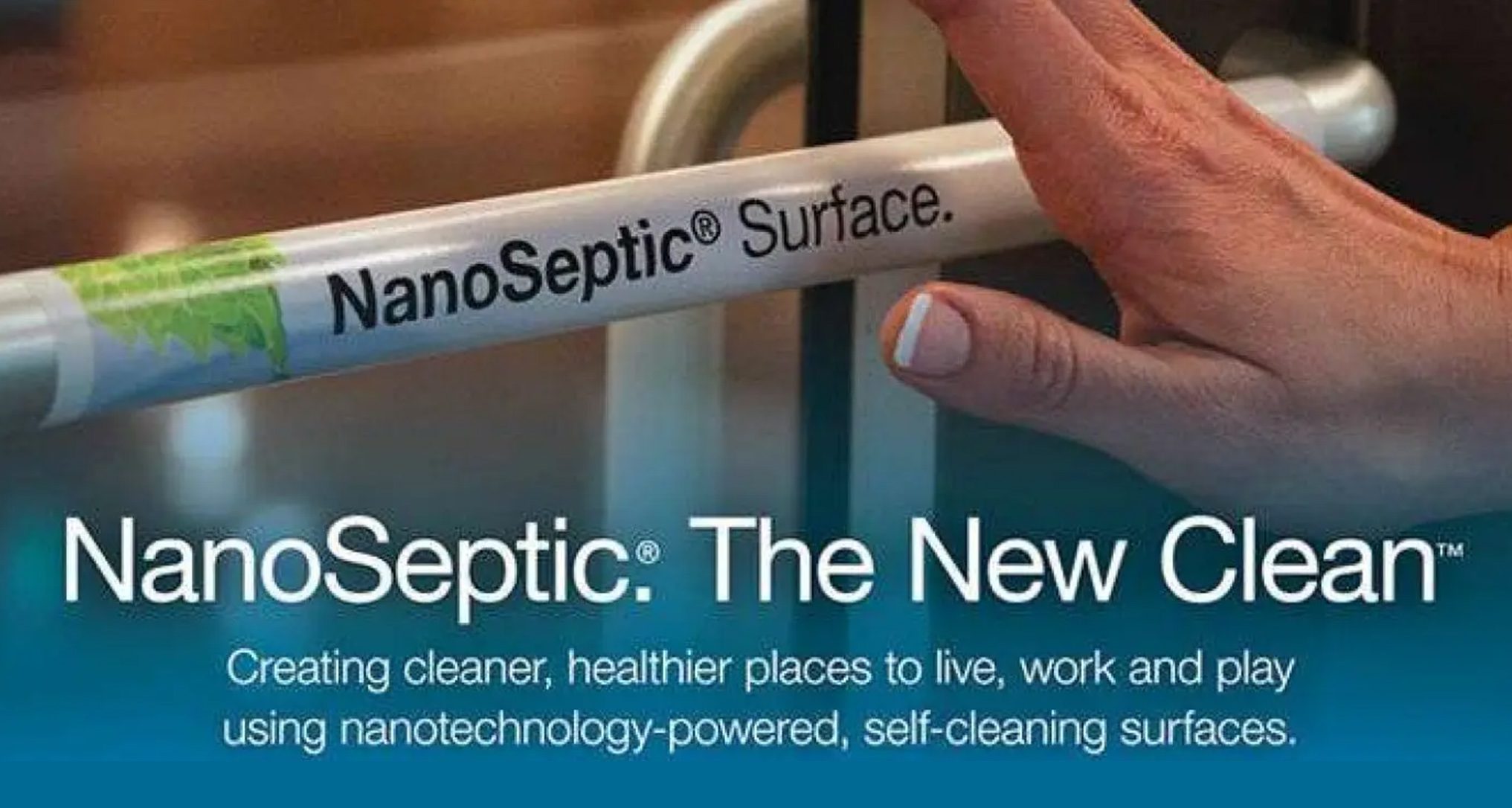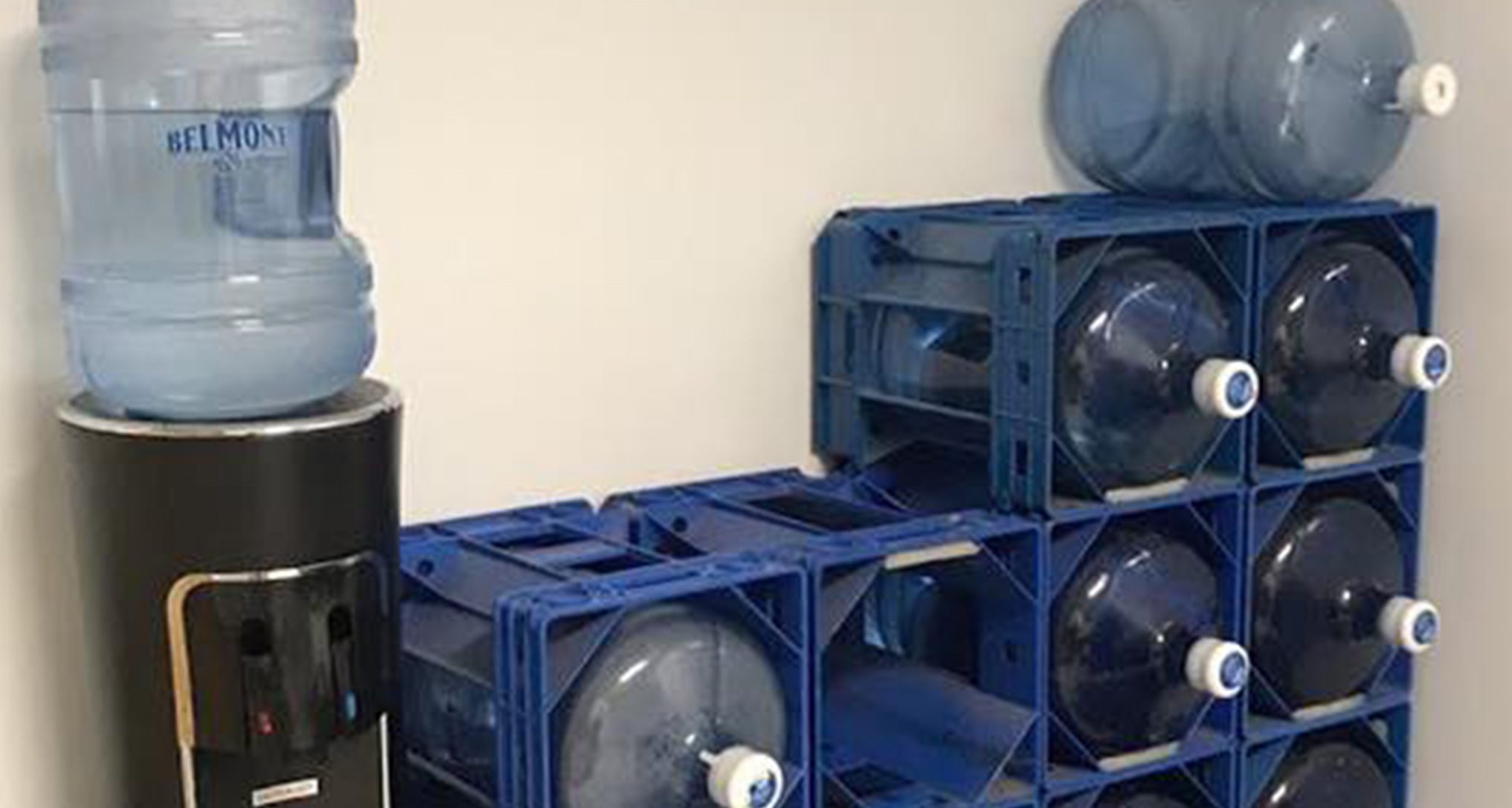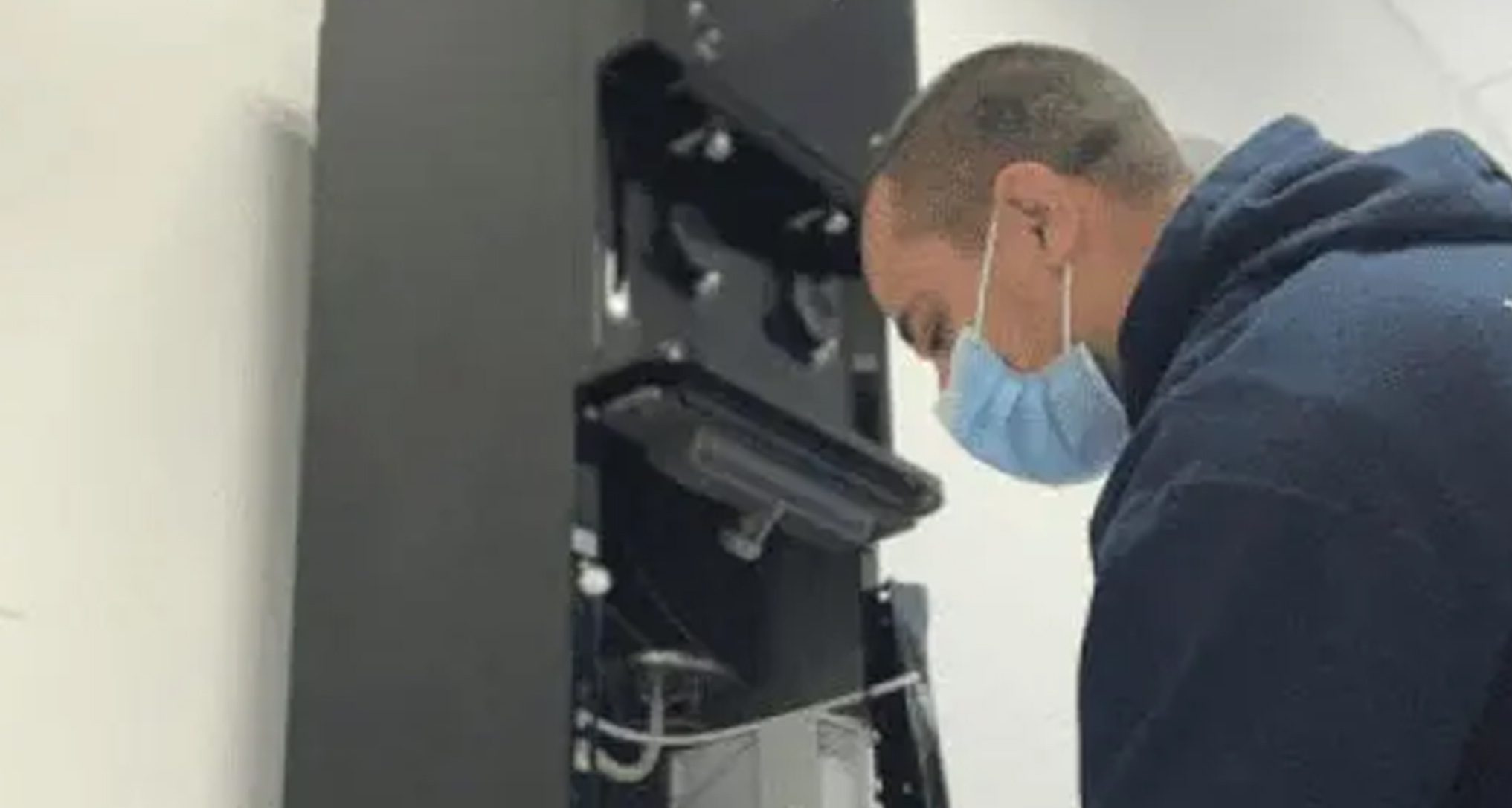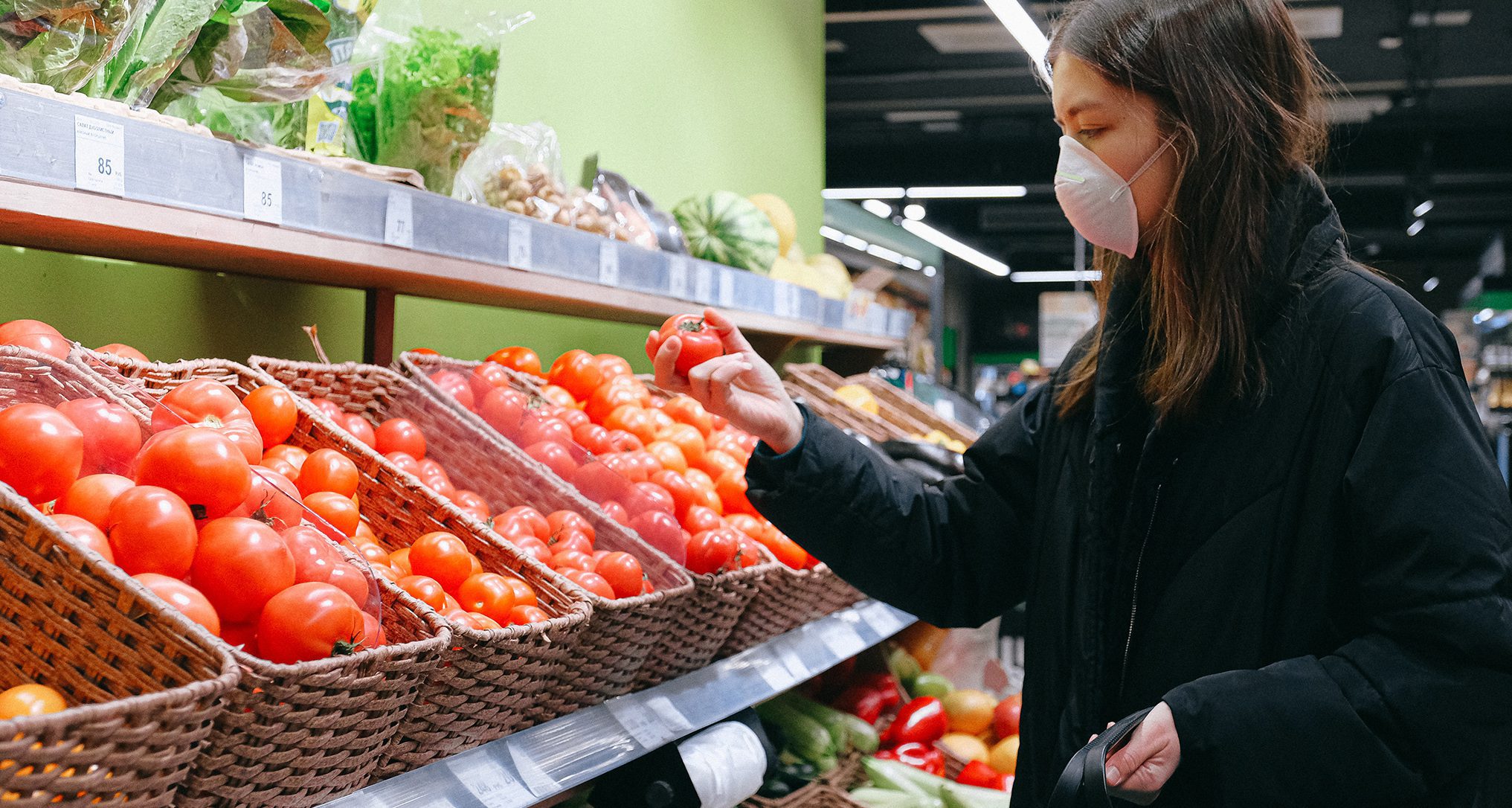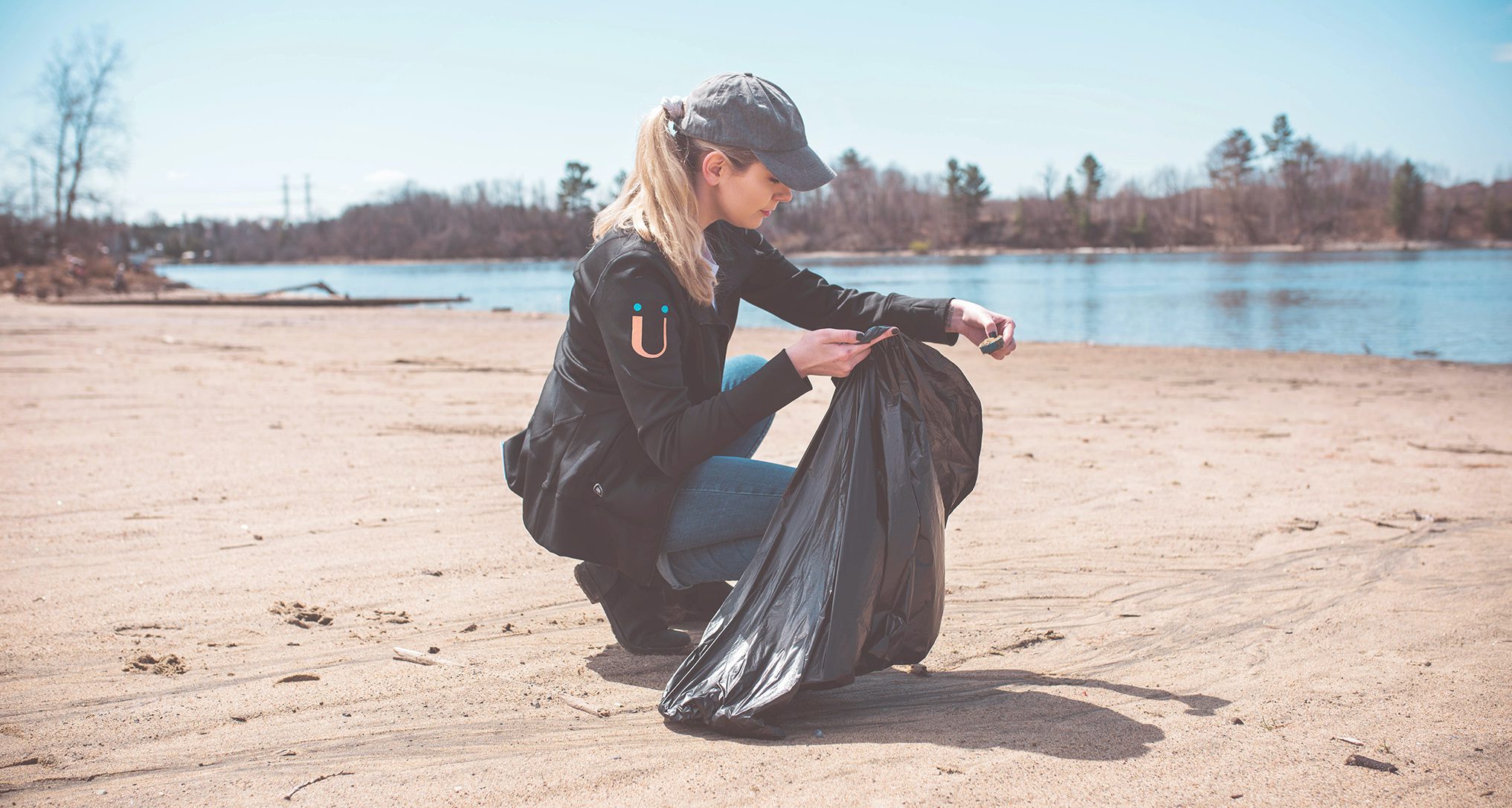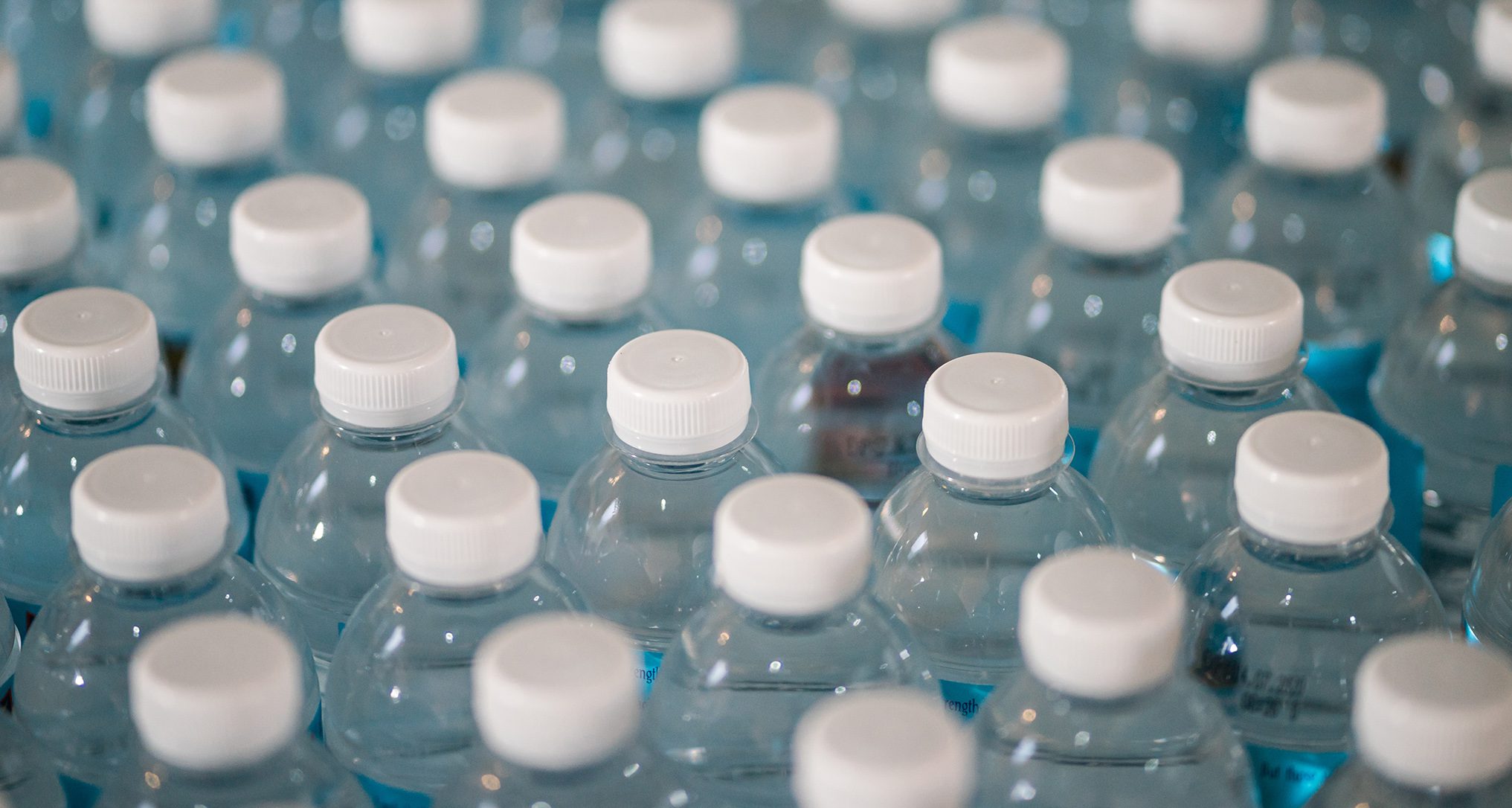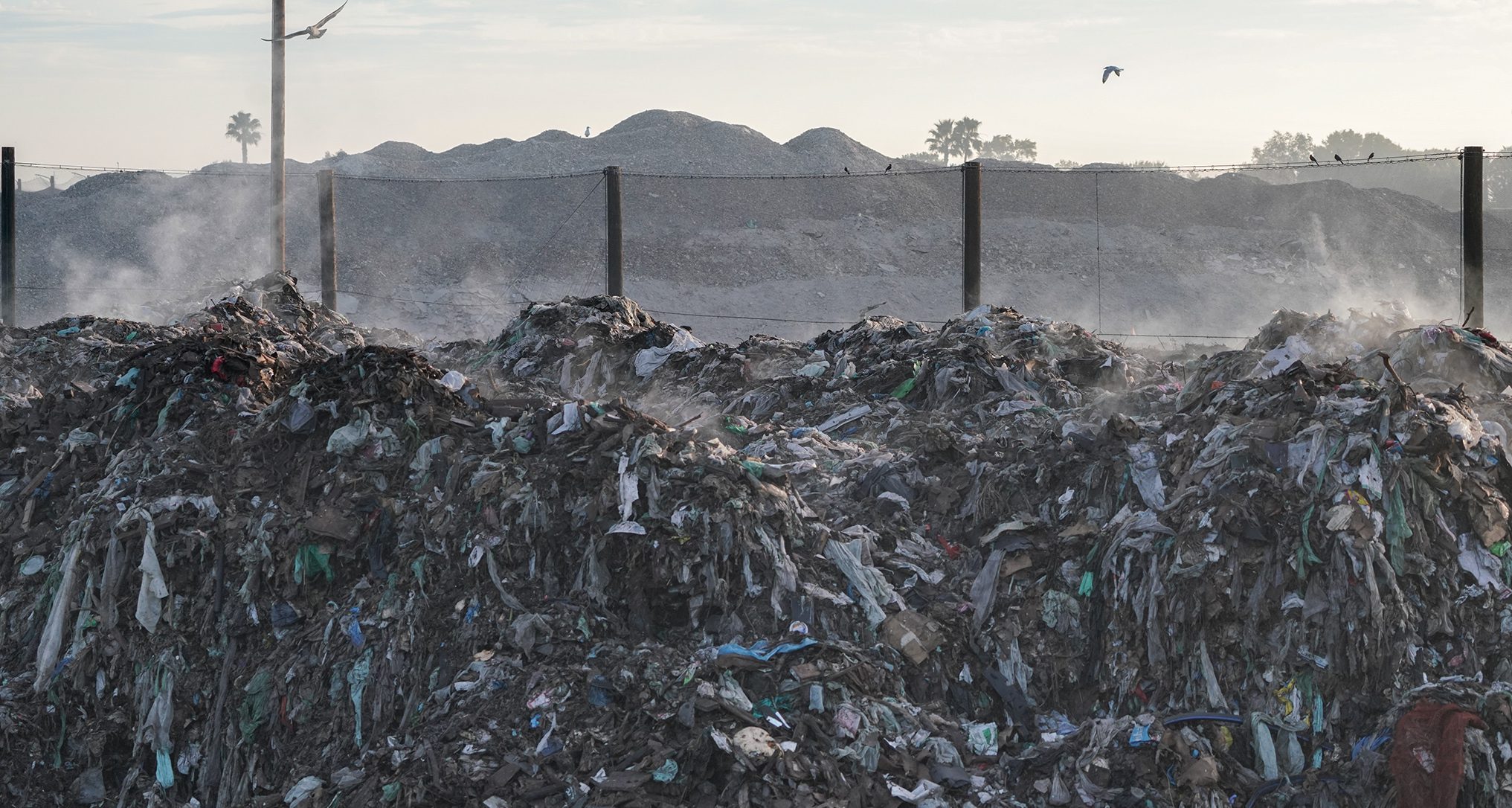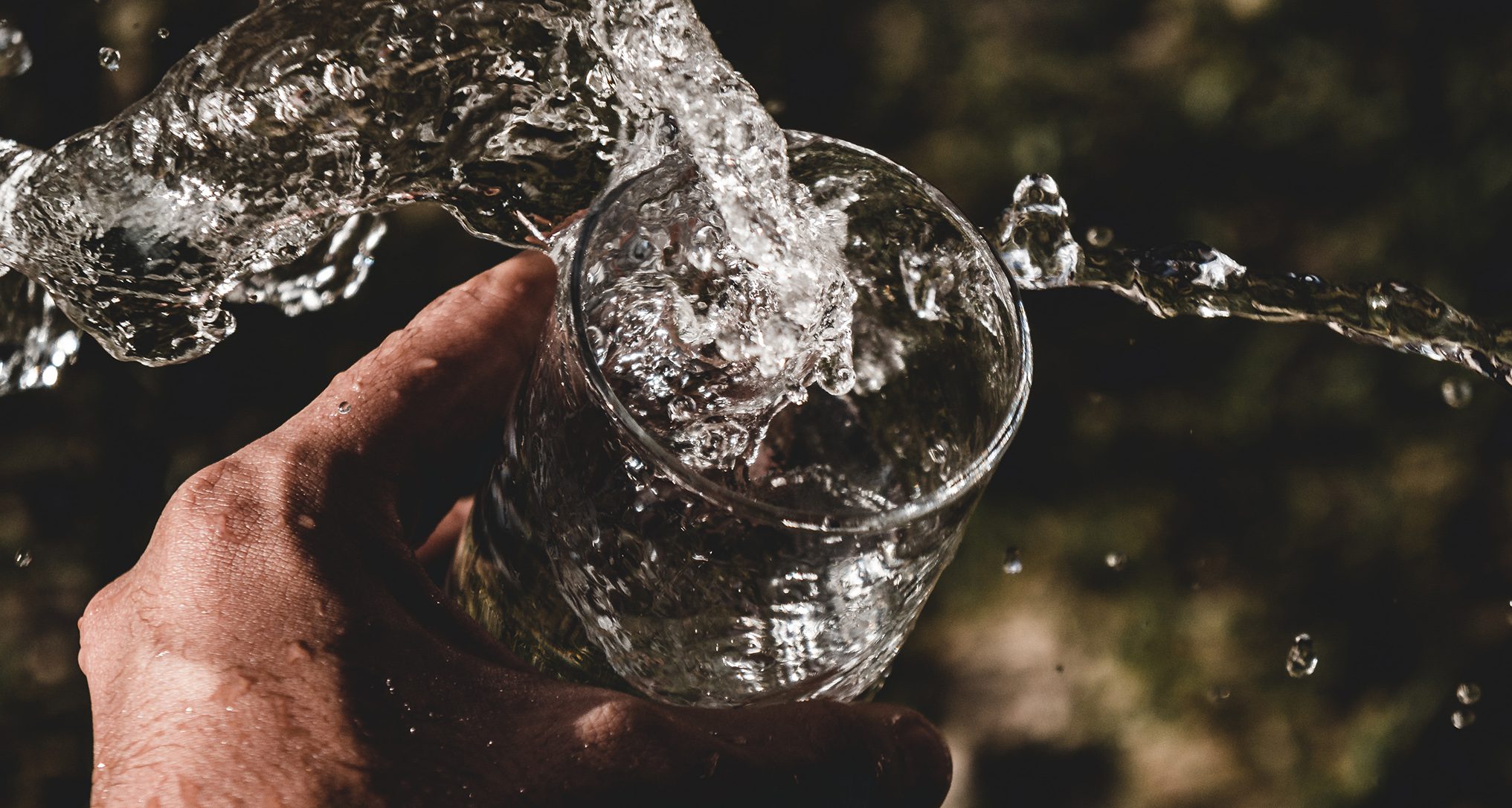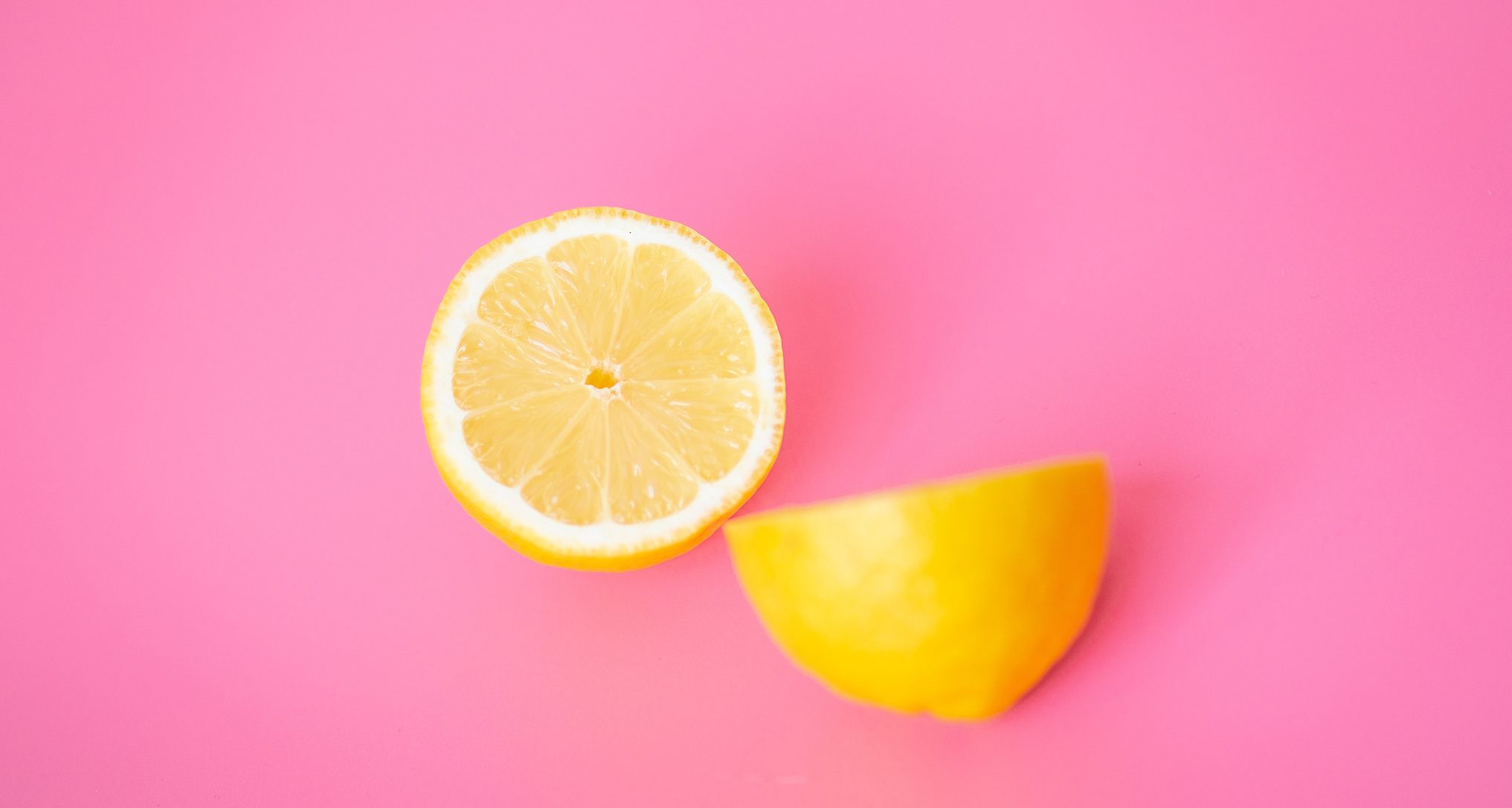Why Go Bottleless
Clean - Our bottleless systems are easy to clean, making it simple to prevent the spread of bacteria and mold formation. Space Saving - Many households keep spare water bottles [...]
Are There Lead In Your Pipes
Did You Receive A Letter Like This? With many of our communities receiving letters similar to the one above stating that there may be lead in your pipes, [...]
It’s National Water Quality Month
What Is National Water Quality Month? NWQW is important Stonybrook because it aligns with our goal of preserving clean and healthy drinking water across New England. By promoting awareness and [...]
Sustainability: What Are You Doing To Contribute?
It is not a secret that we all could be doing more to chip in to help improve our environment. Here at Stonybrook we provide water coolers for your [...]
Sip on Stonybrook: Easy Homemade Cocktail Recipes
Discover out refreshing and delicious cocktail recipe for the Stonybrook drink that you can easily make at home. Get ready to enjoy the perfect blend of flavors with this [...]
Holiday Drink Recipes
Happy Holiday's from Stonybrook Water Family! Check out our Holiday Drink Recipes to make you Holiday Season extra cheery and hydrated this year! Drink Recipes 1. Bubbling Blizard [...]
How to Remove PFAS from Water?
What Are PFAS? PFAS (per and poly-fluoroalkyl substances) are a group of man-made chemicals that have been used in various industries for several decades. They are known for their [...]
The Right Water is Medicine. The Wrong Water Could Lead to These Diseases
Is water medicine? It turns out that one of the most plentiful substances on our planet — and in our body, accounting for roughly 60% of our total makeup [...]
How Water Quality Affects The Health Of Your Pets
Humans spend a fair amount of time thinking about the water quality we drink, hence all those handy reusable water bottles we tote around town. But what about the [...]
PFAS Can Have These Five Adverse Health Impacts
What are PFAS chemicals, and how worried should we be? There are some 4,700 chemicals, all man-made, that fall into the PFAS category. Invented in the 1930s, these chemicals [...]
The Problem with Traditional Water Coolers
There’s a real horror story that starts in a very unexpected place. A dirty water cooler can harbor all kinds of unmentionables, including bacteria that has the potential to [...]
How Can I Get My Water Quality Checked?
The public drinking water systems in the United States are safe, especially in comparison to tap water available in less developed areas of the world, but that doesn’t mean [...]
4 Steps to Checking Your Water Quality
Your water may look clean, but there’s an entire world of microorganisms and contaminants that could be lurking under the surface. Here’s how to find out what you’re really [...]
3 Steps to Know What’s In Your Water
Have you sipped a cool glass of H20 and thought, “I wonder what’s in my water?” Or maybe the water quality in your favorite residential or commercial water cooler [...]
How Your Local Drinking Water Impacts Your Health
Water is life. We know we need to drink it, but what happens when we don’t drink enough — or worse, when the water we drink harbors dangerous chemicals [...]
What You Need to Know About PFAS
What’s in your drinking water? We want to believe that the water we drink is as pure as it looks, but the truth is that there’s more to the [...]
Say Goodby to Heavy Water Bottles: Go Bottleless
Are you tired of struggling to replace the bottle of your water cooler? We hear from people who have trouble lifting 5-gallon jugs, which weigh 42 lbs, or who [...]
A Simple Storage Solution: Go Bottleless
If you are like most people with water coolers, you struggle to find space in your home to store storage solutions. You also find it a nuisance to dispose [...]
Save Money with a Bottleless Water Cooler
It is no secret that drinking plenty of water daily is an essential component of a person’s overall health. The last thing you should worry about is how much [...]
How to Get a Stonybrook Bottlelss Water Cooler Installed
Are you interested in trying one of our bottleless water coolers? If you’d like unlimited hot and cold water that is plastic-free, money-saving, and good for the environment, a [...]
Why Choose Bottleless Water?
More and more people are bringing bottleless water coolers into their homes. There are many reasons why households are ditching traditional, 5 gallon coolers in favor of bottleless systems. [...]
Common Questions About Bottleless Water
More and more households are switching to bottleless water. With unlimited clean, fresh water on demand without the hassle of bottles, it is the obvious choice for many. Most [...]
Beyond Guardian Air Purifiers
Stonybrook Water Company has expanded our product line! We are proud to offer Beyond Guardian Air, our new air purifier for your home or place of business. Capturing 99.97% [...]
Adding Touchless Sensor Dispensing
Touchless Sensor Dispensing is here! Stonybrook Water knows there are many options where you can get water for your home or place of work. But the most important deciding [...]
Touchless Water Filtration Options
Making Everyday Practices Safer in a Water Cooler Everyone knows Stonybrook Water offers the best water on the planet, but now we have options for our coolers that make [...]
Self-Cleaning Water Coolers
Using NanoSeptic® Self-Cleaning Surfaces to Keep your Water Coolers Clean Stonybrook Water has implemented the use of NanoSeptic® Self-Cleaning Surfaces on the touch points of our bottleless water coolers [...]
Why Bottled Water Coolers are Disgusting
Have you ever wondered how often the bottled water coolers should be cleaned? The answer is EVERY month at a minimum! Have you ever seen anyone cleaning the bottled [...]
COVID-19 Service Precautions
We’re serious about safety- both yours and ours during the COVID-19 pandemic. Please know any Stonybrook Water technician entering your property will be following PPE recommendations: Adhering to any [...]
COVID-19 Stonybrook Water’s Business Continuity Plan
Dear Friends in the Stonybrook Water Community, In the past several weeks, our nation has been dramatically impacted by the COVID-19 virus sweeping across the globe. In this current [...]
Earth Day Events in Massachusetts
Enjoy Earth Day by Celebrating all week long in Massachusetts! Charles River Cleanup April 21: 9-noon The Annual Earth Day Charles River Cleanup brings together over 3,000 volunteers each [...]
April 22nd is Earth Day!
Did you know that Earth Day is the world’s most significant environmental movement? The first celebration was in 1970, and has since gained momentum and impact worldwide. The idea [...]
Tests on Bottleled Water Found Nearly All Contained Tiny Particles of Plastic
Do you drink water from plastic bottles? Orb Media, a journalism organization, led a research study that discovered “an average of 10 plastic particles per litre, each larger than [...]
Plastics Pile Up as China Refuses to Take the West’s Recycling
Western nations have been puzzled over what to do when China’s ban on taking recyclables went into effect on Jan. 1. Plastic backups have been reported in Canada, Ireland, [...]
Meet Our Office Staff
Stonybrook Water is a family-owned and operated business serving New England. Founded in 2006, Stonybrook Water has over a decade of experience of providing quality products and local customer [...]
Are Salty Roads Leading to Salt in Your Water?
113,376 tons of salt was applied to the snowy streets of Boston last winter. Where do those thousands of tons of salt go after winter thaws? Into our streams, [...]
Dog Days of Summer
The summer weather is upon us, as is the importance of your dog having access to clean, fresh water. But how do you know how much water your dog [...]
Water and Pregnancy
There are so many “rules” when it comes to pregnancy. But one rule, not every pregnant woman follows is the recommended guidelines for water intake! It is twice as [...]
The Battle of the Jugs!
Not only are plastic water jugs terrible for the environment, but they are also a waste of space and money! Here are some of the reasons why you shouldn’t [...]
Water Conservation Tips for 2017
With water droughts becoming more of an issue nationwide, people must do their best to do their past. Conserving water when you don’t need to use it helps everyone [...]
Benefits of Drinking Water with Lemon
Adding lemon to your water can do more than improve the taste; it also adds some excellent health benefits. Immune System BoostVitamin C is one of our biggest immune [...]
Mermaids Raising Awareness About Plastic Pollution
Photographer Benjamin Von Wong has been working hard using his photography skills to raise awareness about a worldwide growing concern. For his recent project, he collected over 10,000 plastic bottles [...]
one week free trial
Fill out the form below and get a 1 week free trial!
